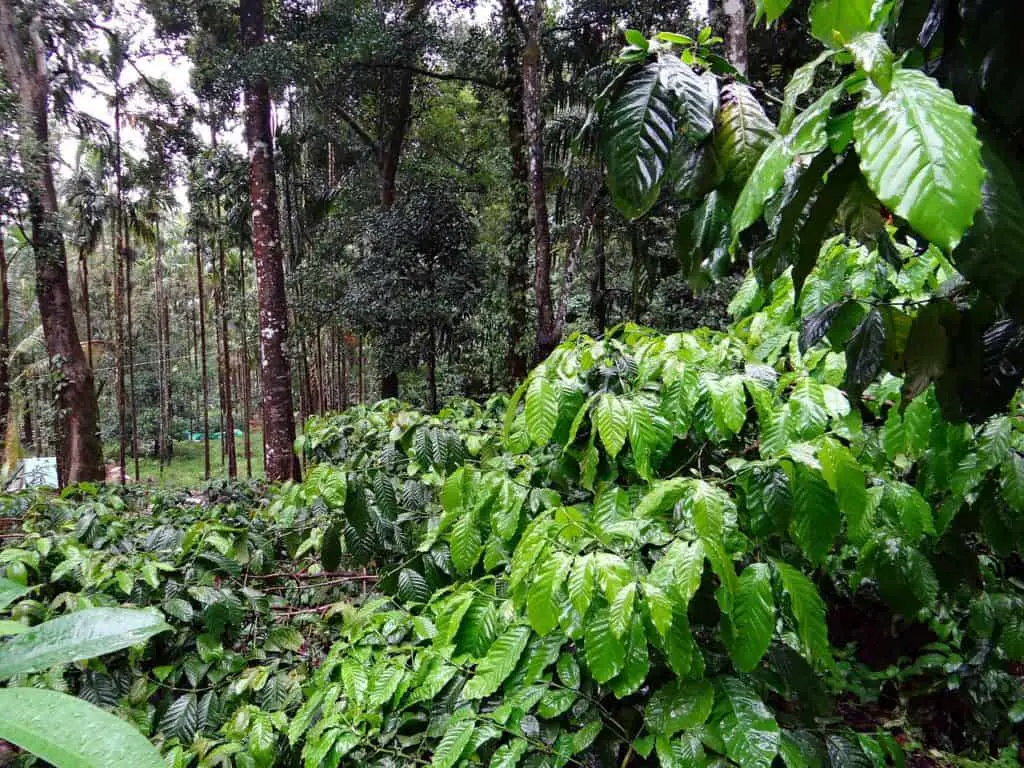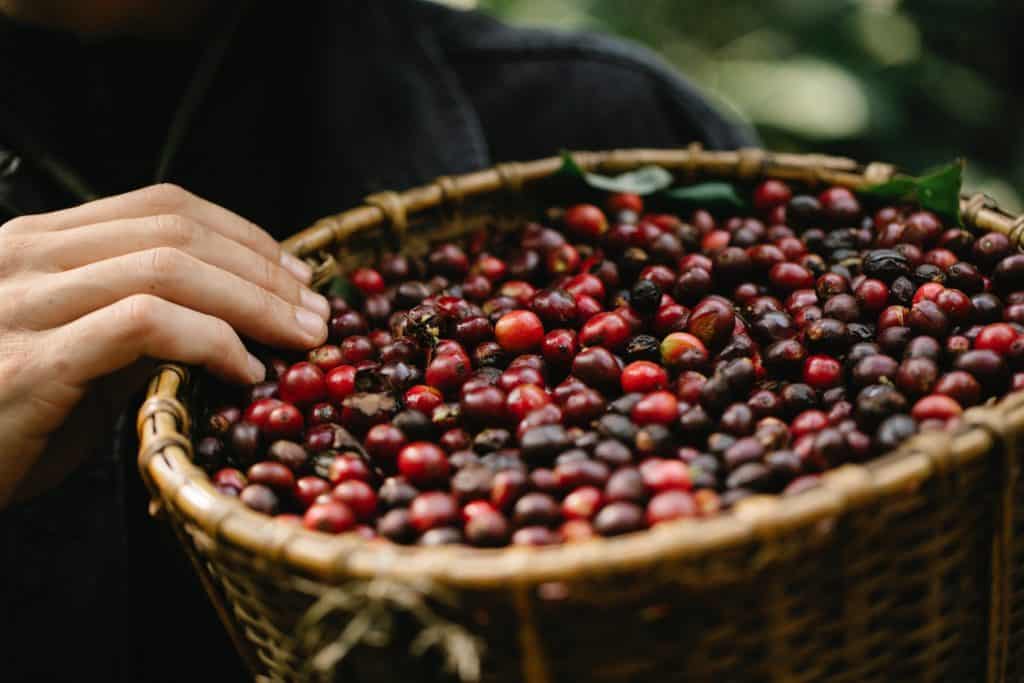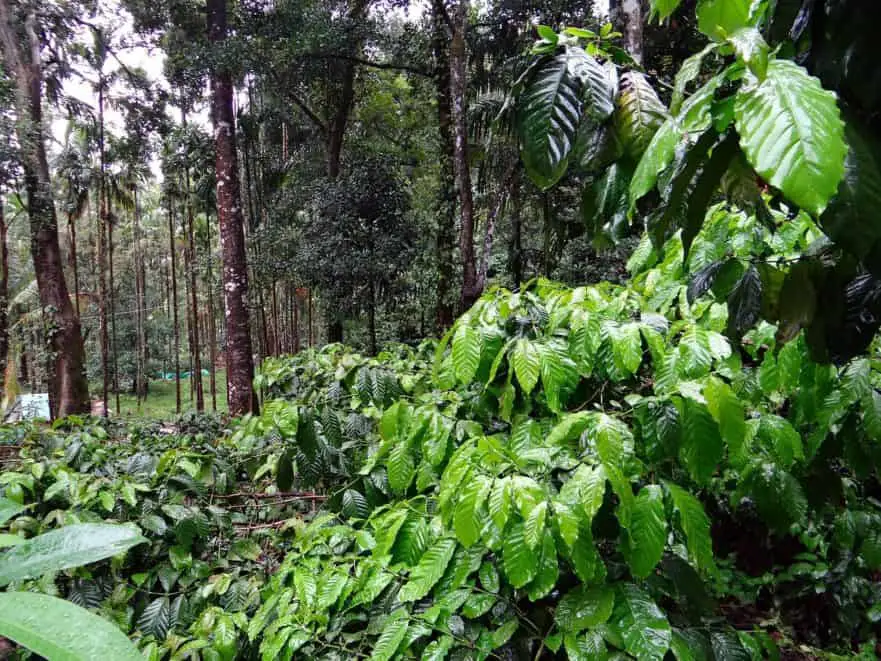
Coffee is one of the most popular drinks in the world. People drink both hot and cold coffee, and different types of coffee like espresso, latte, decaf, and others. But how does coffee get its fantastic flavor? In that case, you need to understand terroir effects on coffee.
What is Terroir?
Terroir is a French term, which means “earth”. People have been commonly using it in English to define the environmental factors that affect different types of crops. Simply put, it is a characteristic of a place that revolves around many factors, like soil composition, temperature, geography and typography, rootstock, and cultivar.
Most importantly, specific cultural cultivating or farming practices also play a significant role in altering the terroir of the location. Hence, terroir defines not only the climate and soil of the crop but also the environment in which the crop grows. This includes the knowledge agriculturalists use to care for crops.
What are the Factors that Effect Terroir?
Soil
The minerals present in the soil can impact the acidity and body of the grain. You might be surprised to know that volcanic soil is excellent for coffee. This is because it is rich in potassium, magnesium, calcium, phosphorous, zinc, and other nutrients. Keep in mind that these nutrients are essential for plants.
On top of that, volcanic soil promotes deep drainage. Because of this property, it has a higher amount of organic material. This way, this type of soil offers you water retention during rainy seasons, which creates reserves for dry days. In short, the soil will directly impact how crops access the minerals and nutrients.
Climate
Farmers generally produce coffee within a region known as the bean belt. Note that this is a region that covers several parts of the world. It sits over the equator and extends to Southern areas like Tanzania and Brazil and Northern regions like Myanmar and Mexico.
You also need to know that the bean belt itself has different climates- micro and macro. You might have even heard experts discussing a coffee microclimate. It is a set of atmospheric conditions of a small part that is different compared to its surrounding. On the other hand, macroclimate covers a large geographic area that has a somewhat similar climate.
Coffee needs both dry and rainy seasons to flourish, which it gets from micro and macroclimate. The rainy season can boost the plants’ growth and help them gain nutrients from the soil.
However, rain can harm the harvesting season. It can damage crops, slow down the drying process, and cause other problems. The dry season will help new coffee cherries to blossom, which is necessary to cultivate the next crop.
Elevation
You may already know that the higher you go, the sweeter the fruits you will get. This is because the soil becomes more acidic with the elevation. Since with a higher elevation, you will get a colder climate, the atmosphere will offer acidity in coffee.
The elevation will directly impact the process of maturation of the coffee fruit. These fruits will develop slower and have a high concentration of sugars, higher density, and more complexity.
While considering temperature for elevation, you also need to consider the distance from the equator.
How Important is Terroir in Coffee?

When it comes to terroir in coffee, it might not be as vital as wine production. However, it can change the taste of coffee. This is why you feel something different while drinking coffees from different parts of the world, such as Brazil and Indonesia. Hence, it is crucial in the production of coffee.
Note that the method of producing coffee can change the flavors. Different processing and roasting methods can give a completely different taste to a coffee bean from the same region, even the same crop.
This means that the traditional method of producing coffees in different regions is more impactful than its climate and soil.
How does Terroir Affect Coffee in Different Regions?
According to some experts, terroir brings out the characteristics of different coffee beans. As every terroir is distinct, it offers you different characteristics. This is what makes Brazilian coffee different from Columbian, Indonesian, or Ethiopian.
For example, if you grow coffee at 1,900 Meters Above Sea Level (MASL) in Panama and 1,400 MASL in Costa Rica, they will have different flavors. The surprising part is that these two countries are neighbors. But the higher elevation of the Panamanian coffee will benefit from a colder environment that will make the coffee sweeter and acidic.
For customers, terroir predominately affects how prepared coffee tastes. But, in the case of producers and roasters, it is more impactful. Roasters will have to pick a roasting process that includes not only consideration of the bean’s potential flavors and aromas but also the molecular composition. This is why the production company will have to adjust its processing and production methods based on climate, local geography, and resources.
Is Climate Change Affecting Terroir?
As terroir is essential for coffee, this makes climate change a massive problem for most producers. Some parts of the world are getting warmer. This prevents the crops from benefiting from cooler temperatures that produce more acidic and sweeter coffees.
For this reason, some manufacturers are trying to go up to higher elevations to get the same freshness and acidity they once had. Around 100 million of the world’s population earns their livelihood through the production of coffee.
But experts believe that many people may have to leave these jobs, as, by 2050, coffee production will decline by 50%. In a nutshell, terroir is evolving with the changes in the climate.
Bottom Line
So, terroir is a crucial variable for crops like coffee, wine, and cocoa. If you want to drink the best coffee in the world, make sure to understand the terroir effects of coffee that you are planning to choose.


